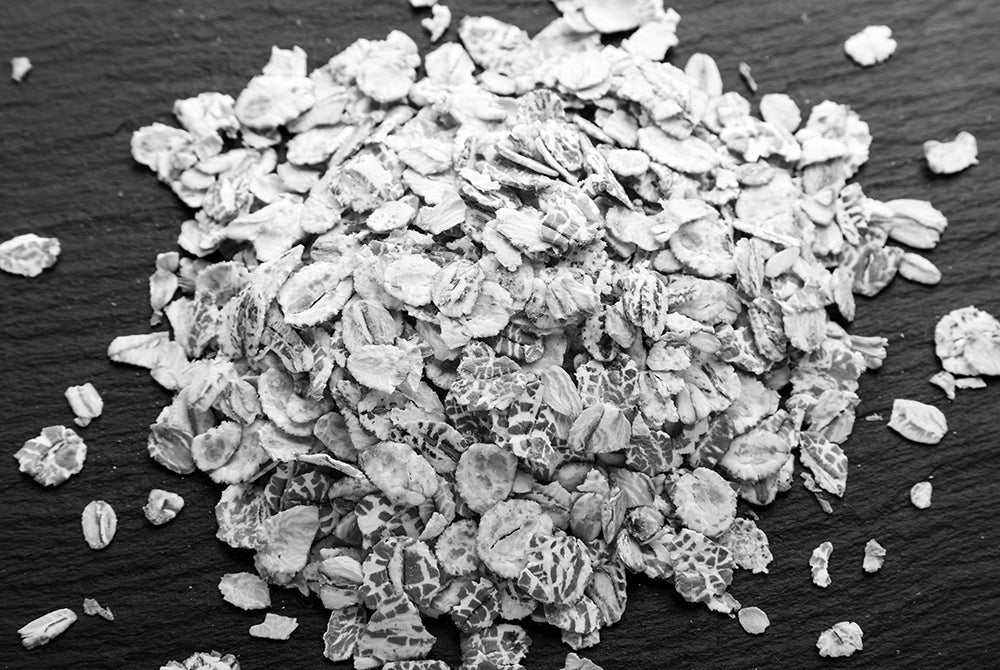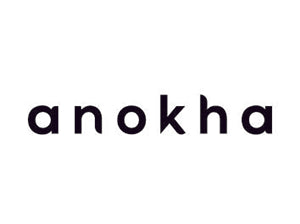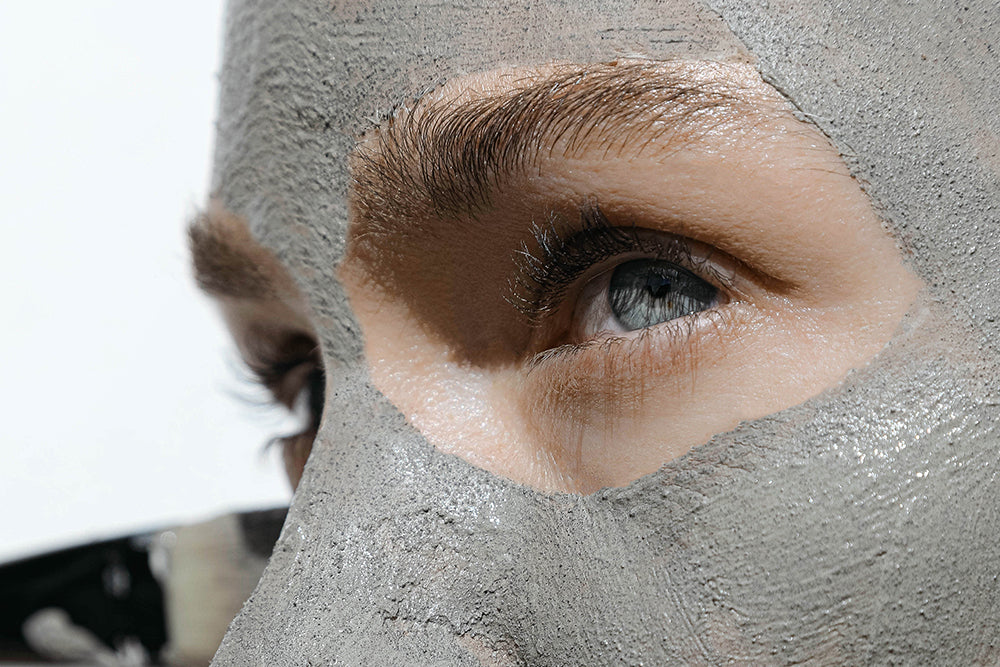
ingredient focus: oatmeal

the bottom line
oatmeal nourishes the inside of our bodies – but it’s also a wonderfully gentle and effective ingredient for our skin. read on to discover more about why this beauty is too good to save for breakfast alone.
first layer: history
Believed to originate from Central Europe, the Mediterranean, Northeast Africa, and Southeast Asia, oat has been one of the most important cereal plants since ancient times. The use of oatmeal for the skin dates back to 2000 BC in Ancient Egypt and Arabia, where it was used to soothe and protect dry, itchy, and inflamed skin; the Romans also recognized its use in medical care of the skin from 30 BC to about 450 AD. The first studies on the use of oatmeal in skincare occurred in the 1930’s, when oatmeal was studied for its use in cleansing, relieving itching, and protecting skin. In 1989, the Food and Drug Administration (FDA) in the United States acknowledged its many uses by approving colloidal oatmeal as an over-the-counter drug for skin protection, and in 2003 it was approved for the relief of itching and irritation. Oats are a highly sustainable ingredient which uses a low number of resources for growth and propagation, and is an adaptable crop with a low carbon footprint.
second layer: science
There’s some heavy science behind those simple oats. Known by the scientific name of Avena sativa, oats contain a range of phytochemicals*, including sugars and amino acids (65%), proteins (15-20%), lipids (11%), and fiber (5%). The specific phytochemicals which play an active role in skincare include phenolics, beta-glucans, avenathramides, and vitamin E.
Phenolics present in oats include the potent antioxidants ferulic acid and caffeic acid. Another phenolic group is flavonoids, which are capable of absorbing ultraviolet A light and exhibit antioxidant and anti-microbial properties. Beta-glucans are polysaccharides with high viscosity, which in turn allows them to bind water to help decrease fine lines and wrinkles while supporting wound healing. Vitamin E, a natural antioxidant*, has been demonstrated to protect against oxidation, inflammation, and photo-aging. Avenathramides, a group of phenolic alkaloids*, exhibit strong anti-inflammatory, antioxidant, and anti-fungal activity. Avenacins are both anti-inflammatory and immunoregulatory,
Oat seeds themselves contain approximately 25% oil, which is composed of fatty acids, phytosterols, and vitamin E. The fatty acids are primarily oleic and linoleic acids, followed by a smaller percentage of palmitic acid. Oats are also one of the best natural sources of saponins, a compound which is capable of producing a foam when agitated in water.
third layer: use
Given the range and number of chemicals within the simple oat, it’s easy to see how it can play such an important role in skin health. Oatmeal’s range of functional properties make it a highly effective cleanser, moisturizer, pH buffer, and soothing and protective anti-inflammatory agent.
- cleanser: the saponins contained in oats allow them to act as a gentle cleanser. Oats have been shown to be one of the best natural sources of saponins for use as a surfactant. Oatmeal baths have been used traditionally to help ease skin conditions including eczema* and psoriasis*.
- humectant: the high level of beta-glucans in oats help them to bind water and therefore moisturize the skin.
- prebiotic: by promoting bacteria that’s typically found on human skin, oatmeal also acts as a prebiotic. The protected skin microbes have been shown to produce lactic acid, a humectant and natural moisturizer.
- emollient: oat oil is rich in lipids, which play a significant role in the stratum corneum of the epidermis and its ability to prevent transepidermal water loss (TEWL)*, strengthening the skin barrier*.
- anti-oxidant: oats contain ferulic acid and caffeic acid, potent antioxidants; and vitamin E, an antioxidant which protects against oxidative stress, inflammation, and photo-aging.
- anti-inflammatory and anti-fungal: oats contain avenanthramides, which fight fungi, oxidation, and inflammation.
- anti-pruritic: oats have been shown to reduce itching and have even been approved by the FDA as a skin protectant. Oat straw has traditionally been applied to baths to help soothe seborrheic dermatitis and inflammation. It’s been used for a number of other different skin conditions, including atopic dermatitis*, eczema, radiation injury, xerosis (dry skin), and psoriasis.
- buffers skin pH: topical use of oat on the skin has been shown to bring the pH of the skin back to a physiologic level of approximately 5.5. This slightly acidic environment in turn enhances the barrier function of the skin.
- UV protection: oats provide mild protection against ultraviolet radiation, but are not a substitute for sunscreen use.
fourth layer: how we do it
We love oatmeal for its nourishing and hydrating properties. We’ve incorporated it into our bestselling oatmeal cleansing milk, which layers colloidal oatmeal with milk protein to hydrate, soothe, and gently exfoliate as it cleanses. It’s the perfect start to your morning.
All this and more at www.anokhaskincare.com .
xx
anokha
references:
1. Oat oil. In: Modern Cosmetics: Ingredients of Natural Origin, vol. 1. Velenje, Slovakia: Sirimo dobro besedo, d.o.o.; 2018.
2. Kurtz ES, Wallow W. Colloidal oatmeal: history, chemistry and clinical properties. J Drugs Dermatol 2007; 6(2): 167-170.
3. Webster FH. Oat utilization: past, present and future. In: Webster FH, ed. Oats: Chemistry and Technology. St. Paul, Minnesota: American Association of Cereal Chemists, Inc. 1986: 413-430.
4. Skin protectant drug products for over-the-counter human use; final monograph. 68FR33362. 2003; Jun 4.
5. Health Benefits of Oat Phytochemicals. In: Oats Nutrition and Technology. Chichester, UK: Jon Wiley & Sons Ltd; 2013: 171-194.
6. Collins FW. Oat phenolics: structure, occurrence and function. In: Webster FH, ed. Oats: Chemistry and Technology. St. Paul, Minnesota: American Association of Cereal Chemists, Inc. 1986: 227-291.
7. Nachbar F, Korting HC. The role of vitamin E in normal and damaged skin. J Mol Med 1995; 73: 7-17.
8. Allais B, Friedman A. Colloidal oatmeal Part I: History, basic science, mechanism of action, and clinical efficacy in the treatment of atopic dermatitis. J Drugs Dermatol 2020; 19: 10(Suppl): s4-7.
9. Avena sativa. In Indian Medicinal Plants. Berlin, Germany: Springer; 2007.
10. Goral I, Wojciechowski K. Surface activity and foaming properties of saponin-rich plants extracts. Adv Colloid Interface Sci 2020; 279: 102145.
11. Graf E. Antioxidant potential of ferulic acid. Free Radic Biol Med 1992; 13: 435-448.
12. Liu-Walsh F, Tierney NK, Hauschild J et al. Fermentation of colloidal oatmeal by cutaneous bacteria results in enhanced production of lactic and short fatty acids. Poster 6639, American Academy of Dermatology Annual Meeting, 16-20 February 2018, San Diego, CA, USA.
13. Allais B, Friedman A. Colloidal oatmeal Part II: Atopic dermatitis in special populations and clinical efficacy and tolerance beyond eczema. J Drugs Dermatol 2020; 19: 10(Suppl): s8-11.
14. Grais M. Role of colloidal oatmeal in dermatological treatment of the aged. AMA Arch Derm Syphilol 1953; 68: 402-407.
15. https://www.formulabotanica.com
*definitions:
alkaloid: a class of nitrogenous organic compounds of plant origin with physiologic actions, including drugs such as morphine, and poisons such as atropine and strychnine.
antioxidant: a compound that inhibits oxidation. free radicals create oxidative stress and an inflammatory response which in turn can damage DNA and result in injury to the epidermal and dermal layers of the skin. in the skin, this manifests as premature aging with decreased elasticity leading to increased wrinkling, age spots, and decreased skin tone. antioxidants stabilize free radicals, which in turn limits their ability to damage the body.
atopic dermatitis: a type of eczema remarkable for red, flaky, itchy skin, typically affecting the inner elbows and behind the knees. it's often seen with allergic rhinitis, hay fever, and asthma.
eczema: a congenital inflammatory skin condition associated with dry, itchy skin; also referred to as atopic dermatitis
phenolics: a group of metabolites derived from the secondary pathways of plants.
phytochemicals: naturally occurring plant compounds with health benefits.
psoriasis: a skin disease characterized by a rash with itchy and scaly patches, typically found on the knees, elbows, trunk, and scalp.
skin barrier: protects against external agents including mechanical and chemical insults, heat, pathogens, water, and radiation.
transepidermal water loss (TEWL): the normal movement of water from the stratum corneum to the atmosphere.
faq's:
does oatmeal improve skin?
oatmeal can be used to exfoliate, cleanse, moisturize, and protect the skin.
what are some different types of oat for skincare?
oat flour contains high levels of proteins and lipids to soothe and repair the skin barrier as well as prebiotics. oat extract has high levels of avenanthramides which soothe skin and also contain prebiotics. oat oil contains unsaturated fatty acids, to help reduce transepidermal water loss (TEWL) and support the skin barrier.



leave us a comment
This site is protected by hCaptcha and the hCaptcha Privacy Policy and Terms of Service apply.